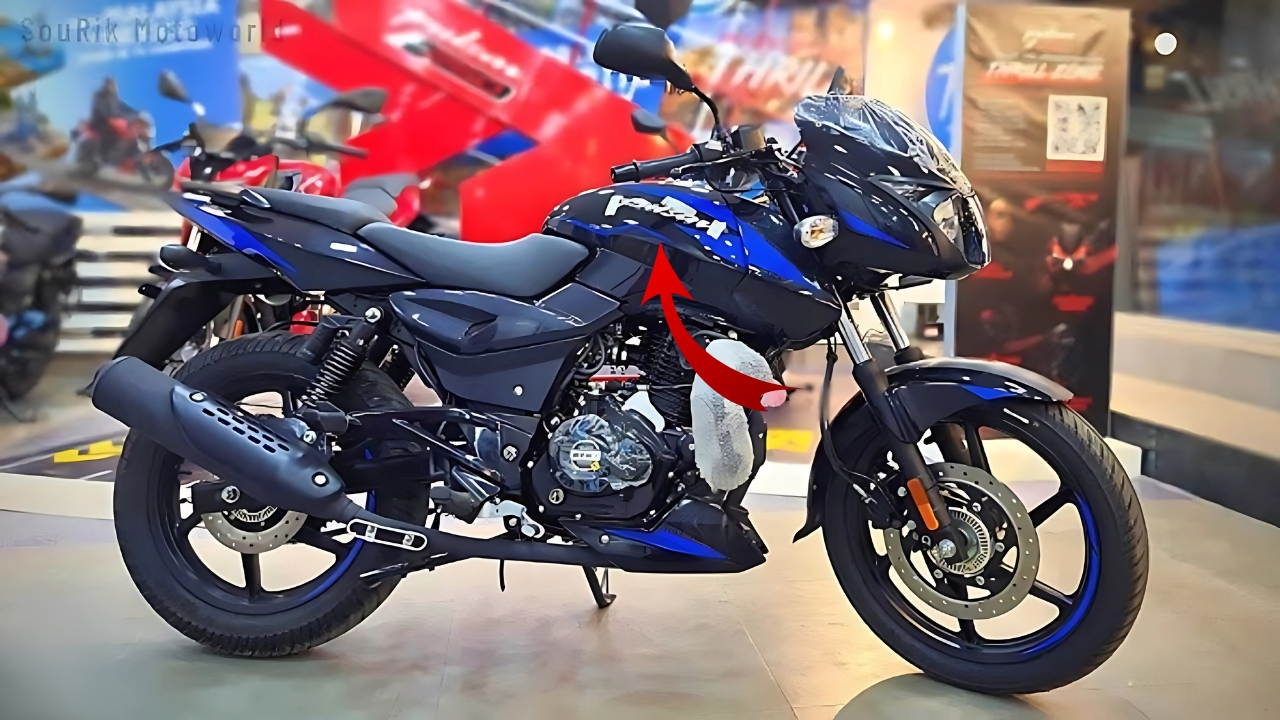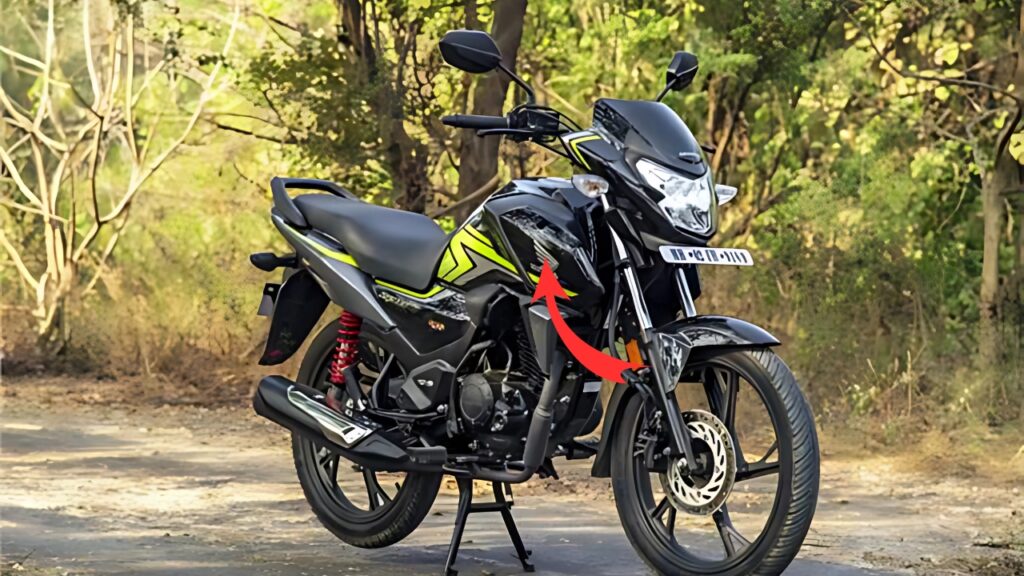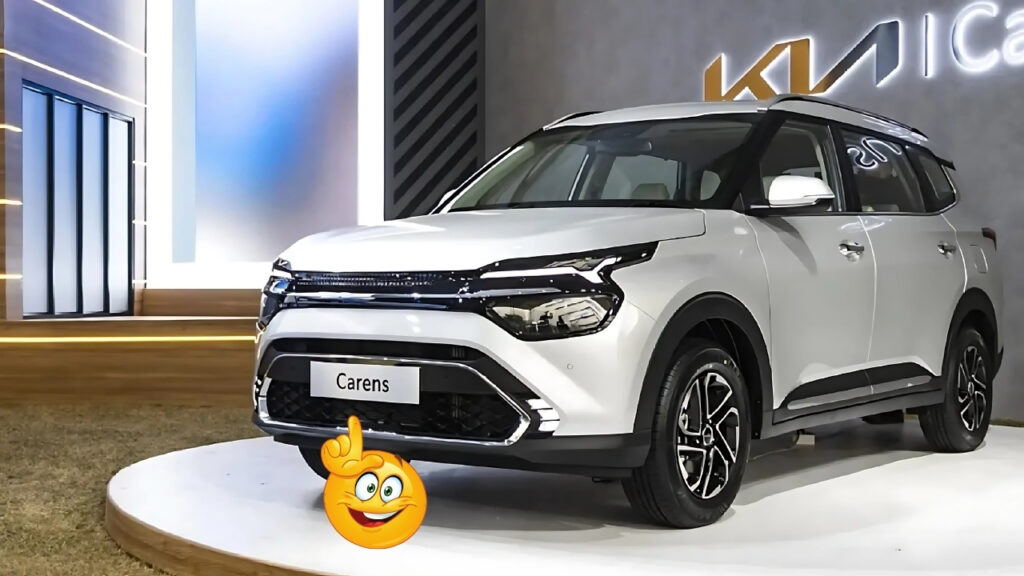Bajaj Pulsar 150: Bajaj Auto revolutionized the Indian motorcycle segment when it first introduced the Pulsar series.
A rarity in its segment, fuel-efficient commuter bikes littered the market, but none were powerful. Boasting a sporty look and performance-oriented approach, the Pulsar 150 formed a brand new segment that appealed to young bikers looking for practicality and excitement in the same bike.
The Pulsar 150 has seen a lot of changes over the years. The original models had a relatively humble 150cc air-cooled engine, but each subsequent version was faster, more reliable and better-looking.
Also, the process of adding the digital instruments in it, DTS-i (Digital Twin Spark Ignition) technology and later on one of its biggest features, ABS (Anti-lock Braking System), gave the motorcycle an update and relevance in an outgrowing market.
Table of Contents
Bajaj Pulsar 150: Technical Prowess

Specifications of the current generation Pulsar 150 are really good for the segment. Its 149.5cc single-cylinder engine makes around 14 horsepower and 13.4 Nm of torque—relatively small figures on paper but the motorcycle’s power delivery has been optimized for excellent mid-range performance in particular, making it especially well suited for urban riding conditions.
The transmission is a 5-speed, with well-chosen ratios spaced out for best match with engine power band.
The front gets a pair of telescopic forks and a pair of twin shock absorbers do duty at the rear, offering ample suspension travel to tackle the usual Indian road conditions while offering that perfect blend between comfort and handling.
Fuel efficiency is one of the most adored aspects of the Pulsar 150. Even though itsuruine itsels as a performance-focused commuter, the motorcycle achieves around 45-50 kilometers per litre of fuel on mixed riding the wscene—crucial for the commuter demographic it aims at.
Design Philosophy
The design language of the Pulsar has always been unique. The overall stance is complemented with the muscular tank with chiseled shrouds, sharp headlamp assembly, and signature dual-strip LED tail lamp, making up a sculpted profile that the Pulsar identity has inherited in generations.
Later raid models added more modern touches with things like LED daytime running lights, digital-analog instrumentation and split seats.
The ergonomics of the motorcycle lend to a slightly forward-leaning position, giving it a sporty feel without sacrificing comfort for your daily grind.
Cultural Significance & Market Impact
Very few motorcycles have had the cultural impact the Pulsar 150 has in India. It has become more than just a vehicle, turning into an icon for aspiration for millions of youth across the nation.
By making performance motorcycling affordable, the Pulsar brought this thrill within the reach of India’s middle class.
Cap it off with Bajaj’ marketing, especially the legendary ‘Definitely Male’ ad campaigns, solidifying the Pulsar as the darling of the youth.
In doing so, the bike became a symbol of freedom, power, and individuality — all ethos that struck a chord with its ideal match.
Cumulatively, the Pulsar series (of which the 150cc variant is a major contributor) has been one of the highest-selling motorcycles in the country with millions of units being sold over the years.
Such commercial success has made Bajaj expand the Pulsar range with several engine capacities between 125cc to 220cc.
Adapting to a New Playing Field
Since the Pulsar was launched, the Indian motorcycle market has changed considerably. At present, the Pulsar 150 goes up against multiple manufacturers like the Honda (Unicorn), Yamaha (FZ), TVS (Apache), and even from within Bajaj’s stable with the launch of the Pulsar NS series.
Currently, the Pulsar 150 has seen stiff competition from new-age rivals, but it hasn’t lost any sheen thanks to continuous updates and it continues to be the best-value proposition.
The pricing, sitting between 90,000 to 110,000 Indian Rupees and variant dependant, makes this an accessible entry point into performance motorcycling.
Bajaj Pulsar 150
The future of the Pulsar 150 will naturally involve evolution as India moves toward stricter emission norms and further electrification.
Bajaj has also launched BS6-compliant models where the carburetor systems in the previous versions are replaced with fuel injection technology
Although the motorcycle remains mechanically conservative compared to some competitors, its proven reliability and lower maintenance costs remain a strong sales point, particularly in smaller cities and rural areas with limited service infrastructure.
The Pulsar 150 is already a part of history of Indian motorcycling. As the trailblazer that paired performance with practicality, it changed the way consumers expected automakers to behave and forced an entire industry to watch its rearview mirror.
For most Indians, it is more than just transportation; it’s a rite of passage in life — their first “real” motorcycle, their first taste of freedom on two wheels.





